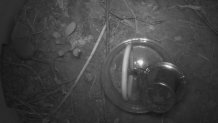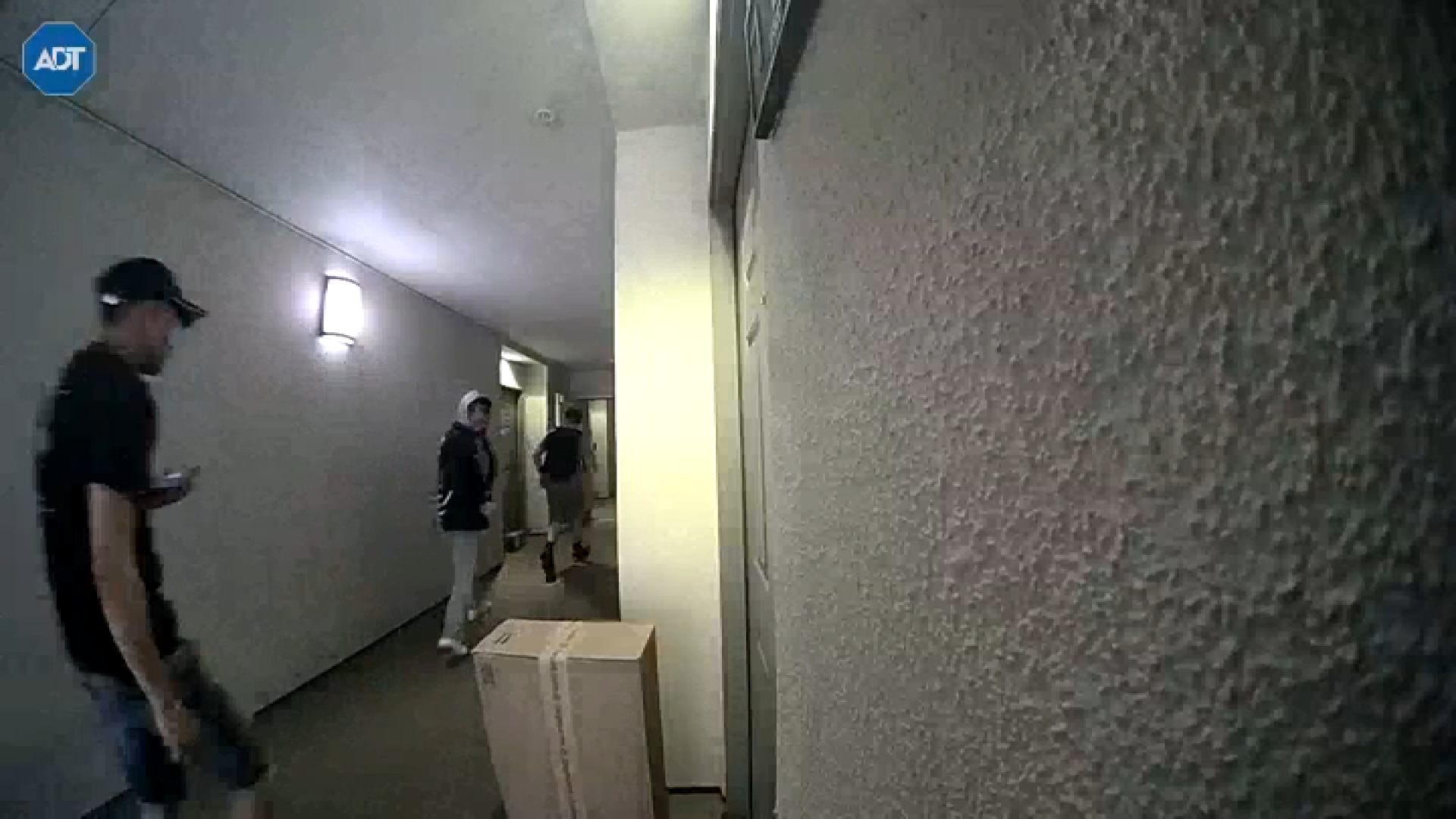
An endemic and elusive Catalina Island shrew was spotted by wildlife conservationists for the first time in more than 15 years, it was announced Wednesday.
The mouse-like creature with a long snout, which was listed as a Species of Special Concern in 1996 by the California Department of Fish and Wildlife, was observed using a remote camera for the first time since 2004 by researchers with the Catalina Island Conservancy.
"My first thought when we saw that image on the camera is that it is gratifying to see all of our hard work surrounding this species finally pay off -- and thank goodness it's not extinct,'' said Conservancy wildlife biologist Emily Hamblen.
She said researchers had tried and failed in their past three major efforts to document the mammal, despite taking more than 200,000 photos over the course of 1,500 noninvasive camera trap nights since 2016.
"I thought, and really hoped, that they still existed somewhere on the island,'' Hamblen said. "Animals are incredibly resilient, and it is amazing to see that they are still here.''

To get the tiny critter on film, the Conservancy deployed seven remote camera traps at 28 locations on the island between February and May 2020, thanks in part to a donation from the Harold McAlister Charitable Foundation. The cameras were placed facing down in an upside-down bucket with bait inside and four entrances cut into it so that animals could get in and out.
Local
Get Los Angeles's latest local news on crime, entertainment, weather, schools, COVID, cost of living and more. Here's your go-to source for today's LA news.
More than 83,000 photos were collected through about 12 weeks of trapping, and those photos are still being sorted to separate the variety of animals caught on camera: including alligator lizards, rattlesnakes, skinks, mice and rats. Ground squirrels and foxes also have been known to poke their heads in.
"Generally, shrews need to eat every few hours, and some species of shrew eat up to two times their body weight each day,'' Hamblen said. "This makes them challenging to capture safely because they need to eat so frequently. Remote camera traps are a noninvasive survey method allowing us to collect data without disturbing the animal.''
An adult shrew, with that high metabolism, measures in at just more than 3.5 inches -- including its tail that makes up a third of its total length. The creature, which is generally known to live in riparian and wetland areas, weighs the same as about four paperclips.
Now that the shrew has been spotted once again, the work won't stop there -- the Conservancy plans to continue efforts to encourage the shrew's survival. Hamblen said the next step is to figure out the island-wide distribution of the animal.
For more information about Catalina Island Conservancy's programs, visit the land trust's website at CatalinaConservancy.org.



